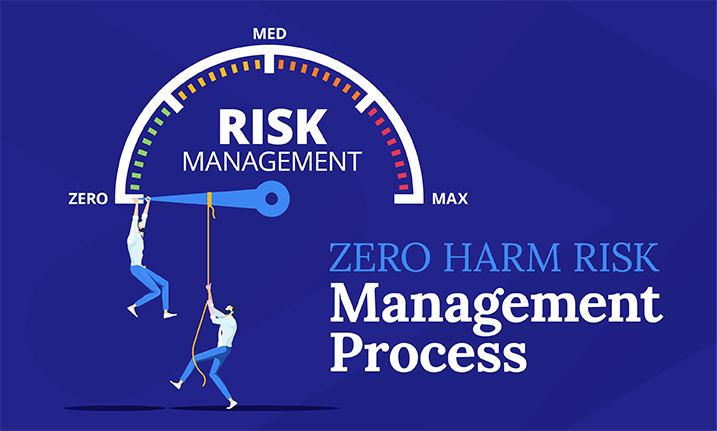

Contractors can take on the jobs your regular employees are either not trained to perform or are too busy to handle. This can be a successful risk mitigation strategy and a prudent way to manage your workforce requirements. This is what makes them essential to your business, and we discuss how to effectively engage them here.
However, this doesn’t mean all of them are indispensable. There may be some contractors who don’t perform to the required standard. Keeping these underperforming contractors will not be good for your company in the long run. In this article we discuss some factors to consider to minimise the risks associated with managing underperforming contractors.
Legislation in your area
Depending on where you are located, different legislation will apply if you already have a contract in place.
It may be that a contract can only be broken if a serious term is breached, for example failure to follow contract guidelines or non-performance of work. The contract is the binding agreement between you and your contractor and it should specify the exact work to be done and, in some cases, how it should be done. Non-performance of these specific work requirements may be grounds to let the contractor go.
Care should be taken to include specific performance standards and milestones in the written contract. You should ensure that contracts are drafted by qualified legal practitioners, and that advice is sought before entering into legally binding agreements.
Where a contractor fails to meet the required contract standards, it is essential to thoroughly consider the situation and seek independent advice, if necessary, as wrongful termination can have serious consequences. Contracts should ideally contain dispute resolution provisions that set out how to deal with situations where required performance standards or contract criteria are not met by either party.
What to consider before engaging a contractor
You should clearly set out the required scope of works and establish a process to regularly monitor contractor performance, including work quality and delivery to agreed deadlines. Keeping the lines of communication open means you can catch a potentially underperforming contractor early on by observing some warning signs such as these:
- Asking for early payment – If your contractor often looks for payment upfront or requests the majority of the funds soon after starting the job, take it as a red flag.
- Rushing their job – This may indicate that agreed quality standards are not being met, or that short-cuts are being taken by the contractor which may compromise site safety and successful project delivery.
- Keeping unusual hours – Technically this isn’t a fault; a contractor might have unusual working hours out of necessity. However, if there is too much disparity between the hours your business opens and the hours the contractor is available, this may be a safety risk if adequate supervision is not available.
- Displaying poor communication skills – Communication is essential to ensure required performance standards are understood. If the contractor is not willing to communicate or makes communication hard, this may jeopardise contract delivery and should be addressed.
Even with the best workers, it’s difficult to keep track of all the records involving your contractors without the right tools at your disposal. Contractor software such as by Rapid Global’s contractor management system streamlines the compliance process so you can focus on the big picture. Rapid Contractor Management allows managers to keep track of contractors’ records, and can be combined with online induction software to ensure no WHS training is missed and work always starts off on the right foot.
Use Rapid Contractor Management to ensure workplace standards are followed
Rapid Contractor Management has many features useful to staff who work with contractors. It can provide a method of communication with contractors to ensure workplace standards are being followed. The system has the following benefits:
- Sends automated email reminders to let contractors know when documents or insurances are about to expire.
- Requests individual and company documents like licenses and certificates which are centrally stored with all records relating to contractors.
- Ensures that important workplace safety information is accessible 24/7 to qualified contracting companies using online induction and online publications.
If you or your team are unsure of which contractors to use in the first place, our contractor management software offers a searchable database of already compliant contractors that can easily be connected with. Integrations with tools such as CreditorWatch also mean the financial risk status of your contractors can easily be reviewed, reducing the risk of any nasty surprises later on.
Are you ready to explore Rapid’s workplace health and safety software?
Keeping the right or wrong contractor can mean the difference between your business succeeding or failing. If you are interested in learning how our tools can help you manage your workforce and any potential threats to your business, request a free demonstration today.







